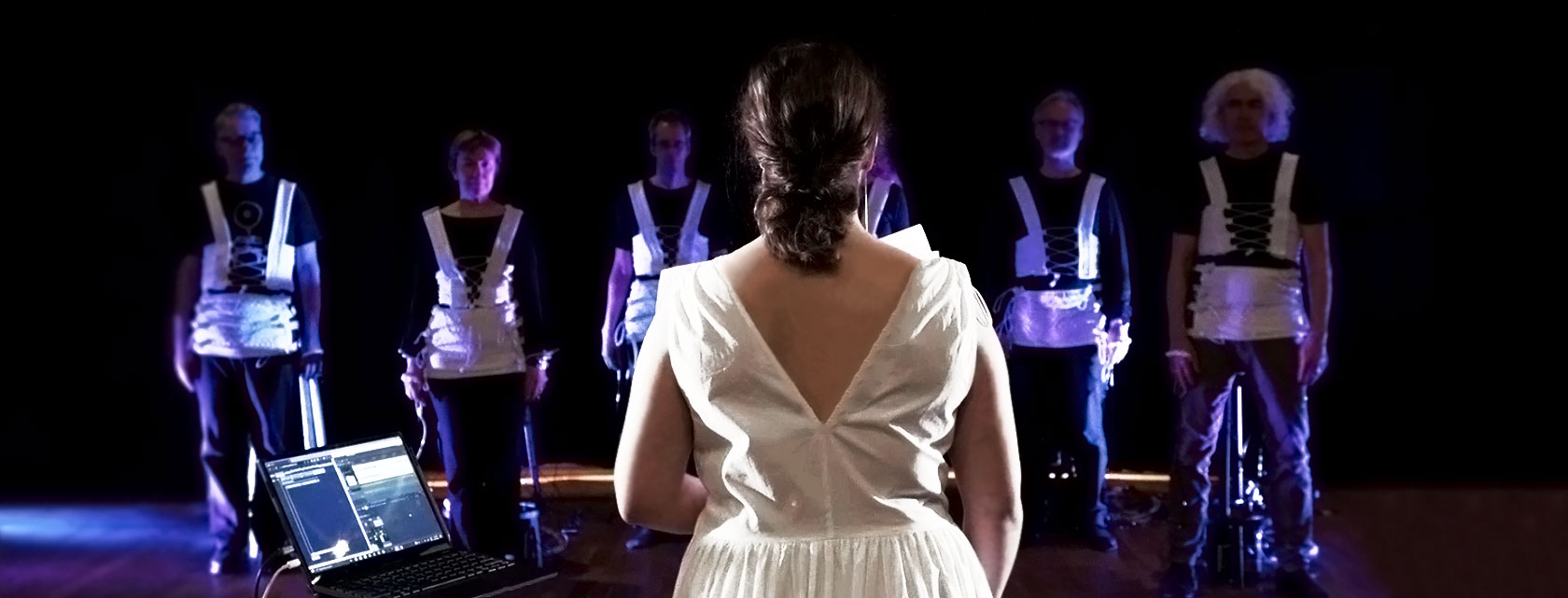KTH researchers developing new approaches to robotics

Robotics has the potential to unlock large benefits for society, but new applications, such as assistive robotics functions in healthcare require fundamental breakthroughs in how robots reason and interact with the world. Associate Professor Florian Pokorny leads two new research projects that push the boundaries of data-driven robotics.

“I think robotic systems that assist human workers with repetitive manual tasks have the potential to dramatically improve work conditions and productivity in sectors such as healthcare. But we still need to overcome many scientific challenges in this area – particularly relating to developing reliable machine learning methods that enable robots to model and interact with the world”, says Pokorny, Associate Professor in Machine Learning at KTH.
The research group’s approach to these challenges is interdisciplinary and combines knowledge from several fields, such as mathematics, robotics and machine learning, which have also defined Pokorny’s research trajectory.
He did his doctorate in mathematics at the University of Edinburgh. First, he came to KTH as a postdoctoral researcher and then spent some time at the University of California, Berkeley, before returning to KTH in 2016.
“I like how the research environment at KTH is based on collaboration. The organisation is flat and not hierarchical, which makes collaboration with colleagues and doctoral students easy”, Pokorny reflects.
Enabling robots to manipulate new types of objects
Among the research projects he coordinates is the SoftEnable Project with funding from the EU research programme Horizon Europe. The project aims to develop a new paradigm for robotic manipulation that can be used to assist human workers in both the food industry and in healthcare.
In healthcare, in particular, the project aims to assist staff with preparing, dressing and removing personal protective equipment such as masks and gowns worn in the operating theatre and in infectious disease units. The need for support in this area became obvious during the COVID-19 pandemic since handling protective clothing is complex, error-prone and time-consuming.
To enable robots to assist healthcare workers, the project develops new methods that utilise ideas from robotics, differential geometry and machine learning to enable robots to reason how to interact with fragile items, such as thin layers of personal protective equipment encountered in gowns and gloves.
“While many difficult challenges still need to be tackled before we can deploy robots in these new scenarios, it is exciting to see the potential for positive impact, for example, to improve work conditions for nurses if collaborative robotics can be deployed in these new and mutually beneficial ways”, says Pokorny.
A new paradigm in robotics
Another recent cornerstone of the research group’s approach is to study robotic manipulation problems and associated machine learning methods at a large scale using a cloud robotics paradigm, where multiple robots are connected to the internet and can collectively share data from their sensors to train machine learning models.
For this, an open-source cloud robotics system called CloudGripper was pioneered by Pokorny and research engineer Muhammad Zahid at KTH. This system will be utilised and scaled to over 100 robotic arms in the current research project named “Intelligent Cloud Robotics for Real-Time Manipulation at Scale” coordinated by Pokorny. The research project is a WASP NEST (Novelty, Excellence, Synergy, and Team) project (wasp-sweden.org/nest-environments/) in collaboration with co-PIs Erik Elmroth (Umeå University), Martina Maggio (Lund University) and Monowar Bhuyan (Umeå University) and is partially supported by the Wallenberg AI, Autonomous Systems and Software Program (WASP) funded by the Knut and Alice Wallenberg Foundation.
“Some of the core questions we are investigating at the moment relate to the scaling properties of machine learning for robotic manipulation, for example, understanding how task complexity relates to the required amount of training data for our algorithms”, says Pokorny.
Other research components in this project also cover distributed machine learning methodologies suitable for deploying networked robots and the problem of resource allocation and fault-tolerant control within the cloud robotics paradigm.
Related News

KTH researchers developing new approaches to robotics
Robotics has the potential to unlock large benefits for society, but new applications, such as assistive robotics functions in healthcare require fundamental breakthroughs in how robots reason and int...
Read the article
New clothing design mimics muscles used when singing
Researchers develop garment that can emulate what it feels like when someone is singing, breaking new ground in making performing arts more interactive and immersive.
Read the article